Carmen Ansaldo – 23 January, 2013
The curatorial team of APT7 seems to have recognised the impossibility of outdoing its predecessor on its same terms and has scaled back accordingly, involving 75 artists in the Triennial, which is down from over 100 in 2009. Works have clearly been given adequate installation space and lighting, there has been a clear step away from the emphasis on mass scale interactivity, and QAG has included a comprehensive multi-media archive on the history and context of past Triennials.
Brisbane
QAG and GoMA
The Seventh Asia Pacific Triennial
7 December 2012 - 14 April 2013
“APT7 has no overarching theme, but it does have a number of focuses,” states the Gallery of Modern Art’s acting director, Suhanya Raffel. In lieu of an overriding curatorial theme, APT7 has maintained the course of its predecessors by forming its curatorial scope around conceptualising the geographical site of the Asian Pacific. The boundaries of this scope have been pushed further out with each Triennial, challenging traditional ideas of what practices could be considered as informing Asian Pacific art. This scope has seen the gradual inclusion of artists from the Middle East, islands of the Indian and North Pacific Ocean, and artists whose migration has meant they have artistically responded to their homelands in the region from afar.
Using a geographical scope to underpin a conceptual framework has meant the APT’s success is almost implicit ─ its goals are fulfilled as long as the exhibition showcases artists from its stipulated scope. This makes the APT a tough exhibition to critique. Although most art goers would agree with the Queensland Art Gallery’s early decision to stop grouping artists into nation states, mixing everyone together at the Triennial’s new home (GoMA) has made it difficult to consider artworks within context of the local trends and concerns informing them. This is compounded by the fact that each installment of the APT has gradually increased in size and number of works in order to establish the status of its host gallery as a major tourist spectacle of the Australian art circuit. In the six years GoMA has hosted the APT, it has been incredibly successful in using the Triennial program to promote itself in this way. But attracting the maximum number of punters through an emphasis on size, quantity, interactivity, and ‘family friendliness’ has meant GoMA has asked little of APT audiences in terms of establishing a genuine understanding of the concerns and motivations behind the works it showcases.
Clearly, the APT’s recent emphasis on spectacle had to find its peak at some point. No doubt this was APT6, whose curatorial team emphasised the inclusion of mass scale interactive artworks, walls of TV screens, computers, works that could be taken home as souvenirs, and art generally being wedged into every possible space. The curatorial team of APT7 seems to have recognised the impossibility of outdoing its predecessor on the same terms and has scaled back accordingly, involving 75 artists in the Triennial, which is down from over 100 in 2009. Works have clearly been given adequate installation space and lighting, there has been a clear step away from the emphasis on mass scale interactivity, and QAG has included a comprehensive multi-media archive on the history and context of past Triennials. These decisions demonstrate an emerging maturity within the program and, in my opinion, makes APT7 the best Triennial since the project was moved to GoMA.
This is not to say that APT7 has completely disavowed the theme-park leanings of its past. Japanese collective Paramodel’s paramodelic - graffiti (2010), Chinese collective MadeIn Company’s Spread 201009103 (2010), and GoMA’s most publicised APT7 acquisition, Huang Yong Ping’s Serpent d’océan (2012) are prime examples of the Gallery not being able to resist a bit of razzle dazzle. However, these works are well balanced by more politically engaged, conceptual and thought provoking works. Tadasu Takamine’s Kagoshima Esperanto (2010) is a stand-out example.
Walking up the theatre-esque stairs in anticipation, viewers find themselves on a platform looking down upon a stage-like installation where audio fragments of stories told in his native dialect of Kagoshima are minced with the international language of Esperanto to draw connections between recent international natural disasters. Music, drawing, sculpture, installation, video and lighting are all combined in a unique, sequential narrative inspired by Marina Abramovich’s performances.
Other salient works include the painting series by Indian artist Sheila Makhijani, Gimhongsok’s Canine Construction (2009), Louisa Bufardeci’s digital prints inspired by the physics of String Theory, Timothy Cook’s Kulama (2012), Graham Fletcher’s Lounge Room Tribalism series (2010), Sara Rahbar’s woven flag series Cycles (2007) and of course, the incredible commission by PNG’s Kwoma Arts - Kurrumbu (2012). The attention dedicated to Indigenous artists from around the Asian Pacific, as well as the emphasis on young and mid-career artists is another applauded development.
APT7 is a coming of age milestone in the life of the APT program. The Triennial originated as a modest but confronting and tightly scoped exhibition, endured its teenage years as a big and brash three story festival, and is presently evolving into a more mature and measured survey that has resisted compromising its original energy. This twenty-year journey has no doubt been a dynamic one, and the curatorial decisions made in subsequent installments of the APT will be followed with much interest by all.
Carmen Ansaldo
This is the second review in a three part partnership with Ocula
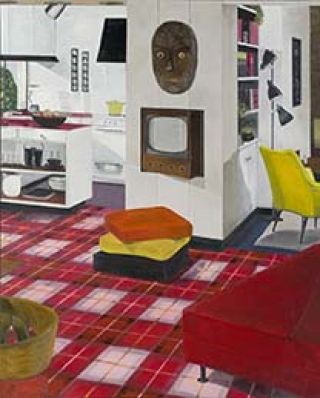
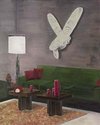
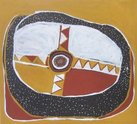
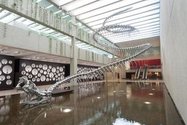
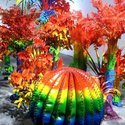
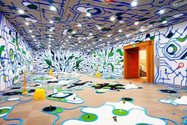
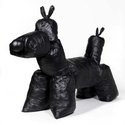
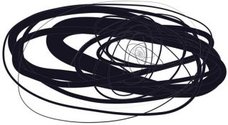

 Advertising in this column
Advertising in this column Two Rooms presents a program of residencies and projects
Two Rooms presents a program of residencies and projects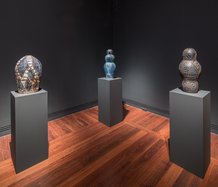

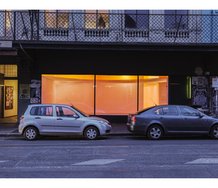

This Discussion has 0 comments.
Comment
Participate
Register to Participate.
Sign in
Sign in to an existing account.